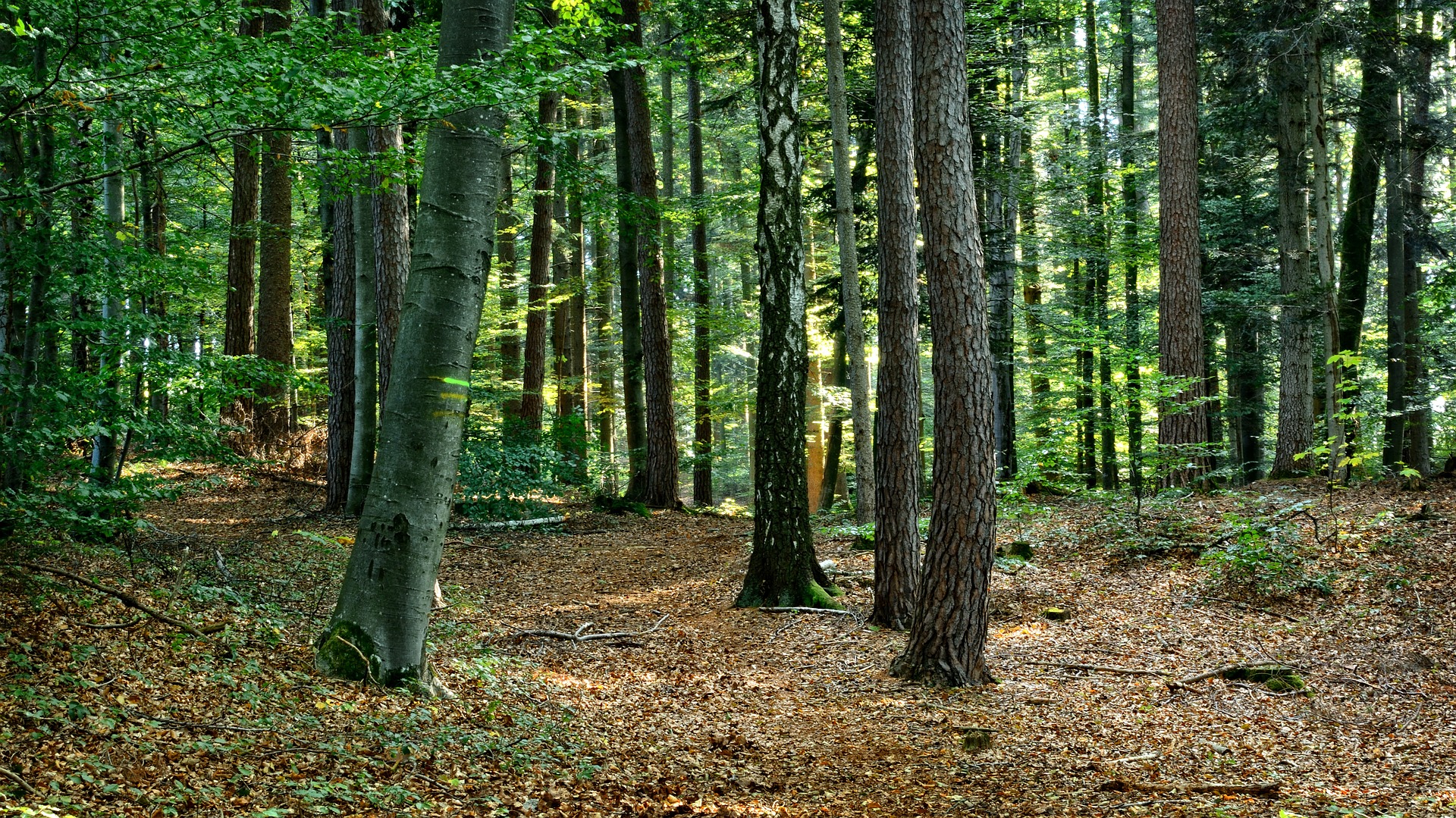The Role of Forestry and Agriculture in Mitigating Climate Change
Author: Peter Holmgren | Published on: November 30, 2016
The Paris Agreement and The Sustainable Development Goals (SDGs) set out a raft of new and challenging global targets for people, the environment, business and development. SDG 13 directly embeds the climate change challenge in the framework. In other words, the global community has explicitly linked its broad development agenda and the climate agenda, clarifying that climate benefits must be part of our investments in the future of humanity.
For forestry, some linkages are explicit, such as SDG 15 concerning the sustainable management of forests, which relates to Reducing Emissions from Deforestation and Forest Degradation (REDD+); and SDG 12, covering corporate responsibility, sustainable consumption and production. At CIFOR, we have concluded in our new strategy that forestry links to all 17 SDGs. This way, we emphasise the essential contributions that forests and trees make to all aspects of sustainable development, including the climate change challenge.
The path to implementation
Countries set out their plans for post-Paris Agreement action in their Intended Nationally Determined Contributions (INDCs). Analysis of the 158 INDCs submitted to the UNFCCC prior to COP21 shows that there is a significant gap between the contributions proposed and the emission reductions needed (https://climateactiontracker.org). Even if countries fully implement their INDCs, the world may experience warming of 2.7-3.0°C, therefore countries need to notably elevate the ambitions set out in their INDCs if we are to avoid disastrous climate change.
Forestry, agriculture and landscapes may offer significant additional mitigation or removal opportunities beyond the options elaborated in the negotiations and INDCs.
More importantly, it is clear that improving resilience and reducing vulnerability – the third pillar of the Paris Agreement – by and large means safeguarding the natural production systems on which we depend for food, ecosystem services and economic development. This clearly reflects the sustainable development aspiration of the Paris Agreement and illustrates the important context of the climate change challenge.
Approximately 20-24 per cent of global greenhouse gas emissions are attributed to forestry, agriculture and landscapes. Clearly, better management of the world’s landscapes has a key role to play in reducing greenhouse gas emissions. Yet, most INDCs do not comprehensively include agriculture and forestry in their mitigation targets. A recent study of INDCs in seven countries in Asia, to which CIFOR contributed, found that only two countries include both agriculture and forestry mitigation targets and measures in their INDCs.
Looking beyond the mitigation of emissions, the world’s landscapes have great potential to act as carbon sinks by increasing stocks held in vegetation and soils. INDCs are generally not exploring these potentials at the moment, and more research into the biological and socioeconomic potential is needed.
Even where forestry and agriculture are included in INDCs and national plans, it is unclear how contributions from these sectors will be achieved. Insufficient international support in the form of finance, technology transfer and capacity building hinder many countries’ abilities to implement the adaptation and mitigation measures outlined in their INDCs in agriculture, forestry and other land-use sectors.

